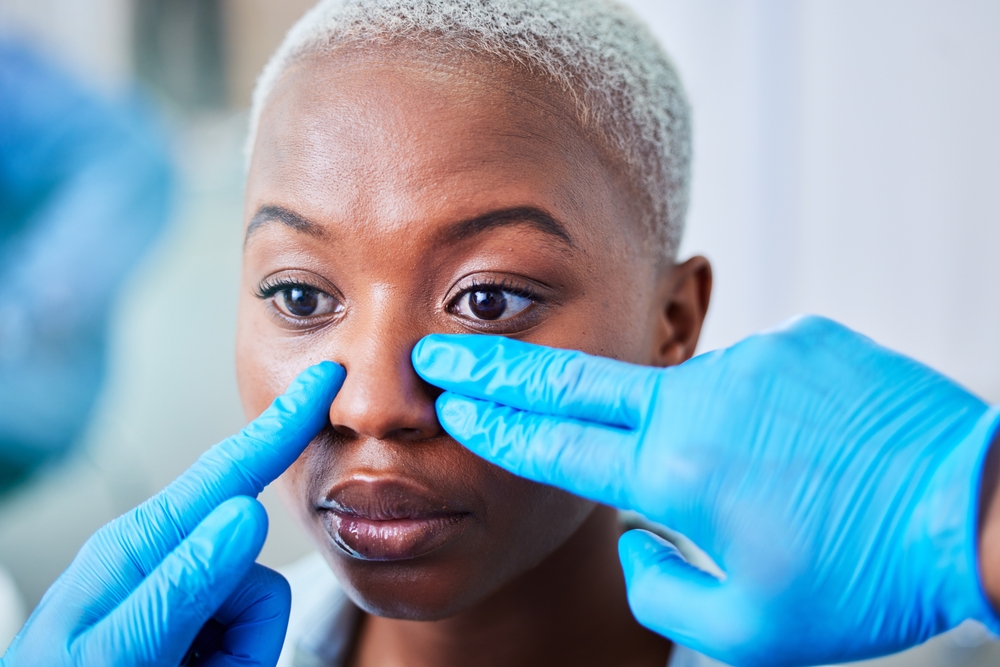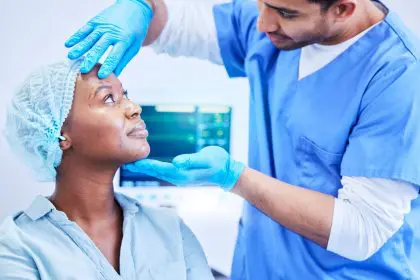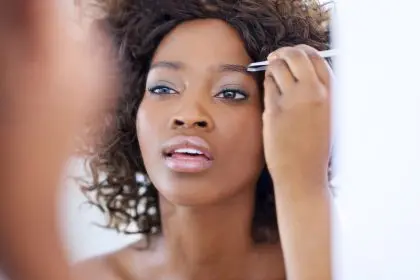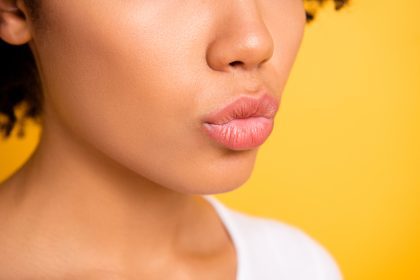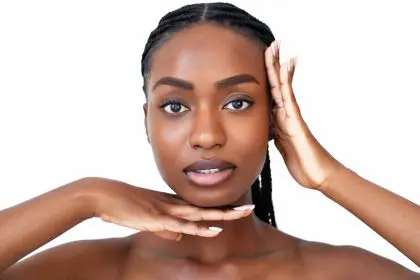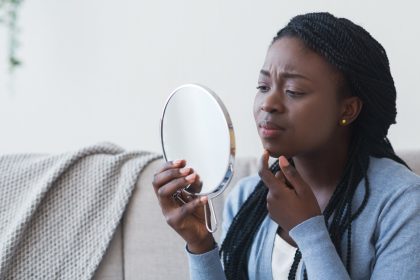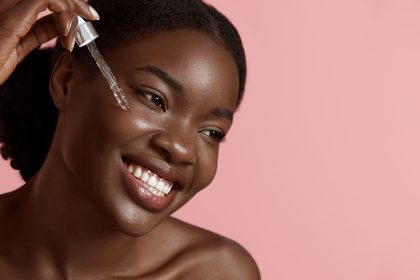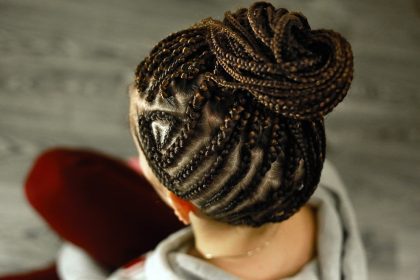Cosmetic surgery, particularly rhinoplasty (commonly known as a nose job), continues to transform lives for those seeking both aesthetic and functional improvements. From enhancing facial harmony to addressing medical concerns, understanding these seven key motivations helps explain why this procedure remains consistently popular.
1. Enhancing facial symmetry
For many individuals, the shape or size of their nose feels out of harmony with their other facial features. Rhinoplasty offers a way to refine nasal proportions for better overall facial balance. This transformation often addresses common concerns like oversized or undersized noses, asymmetrical nostrils, or pronounced bumps on the nasal bridge.
The impact of improved facial symmetry extends beyond mere aesthetics. Patients frequently report increased comfort in social situations and photographs, leading to greater self-assurance in both personal and professional settings. This enhanced confidence often creates positive ripple effects throughout their daily lives.
2. Correcting breathing issues
Many rhinoplasty procedures focus on improving breathing problems caused by structural issues within the nasal passages. A deviated septum or narrowed airways can significantly impact quality of life, leading to chronic congestion, sleep disturbances, and exercise limitations. Functional rhinoplasty addresses these concerns while potentially improving aesthetic appearance.
The combination of better breathing and enhanced appearance makes this option particularly appealing. Patients often experience improved sleep quality, reduced snoring, and better athletic performance following these corrections. The ability to breathe freely transforms daily activities and overall well-being.
3. Repairing broken noses
Trauma from accidents, sports injuries, or falls frequently leads to improperly healed nasal structures. Post-injury rhinoplasty helps restore both appearance and function, addressing visible deformities while ensuring proper airway alignment. Early intervention often provides optimal results, though successful corrections remain possible even years after initial injury.
The psychological impact of restored appearance after injury proves significant for many patients. Regaining their pre-injury look helps eliminate constant reminders of past trauma, allowing them to move forward with renewed confidence.
4. Addressing congenital defects
Some individuals seek rhinoplasty to correct nasal deformities present from birth. These issues may include cleft palate-related irregularities, underdeveloped structures, or significant asymmetry. Early intervention through rhinoplasty can prevent potential complications while supporting normal development during crucial growth years.
For adults who have lived with congenital issues, the procedure offers an opportunity to address long-standing concerns. Improved appearance and function often transform quality of life for those affected, providing both physical and emotional benefits.
5. Reducing aging signs
As people age, changes in skin and cartilage can alter nasal appearance. Common concerns include drooping tips, thinning skin that highlights imperfections, and overall loss of definition. Age-related rhinoplasty helps maintain facial harmony while supporting a more youthful appearance.
These procedures require particular expertise to achieve natural-looking results that complement other facial features. Skilled surgeons consider the aging process while creating improvements that will continue looking appropriate as patients grow older.
6. Meeting cultural preferences
Cultural beauty standards significantly influence rhinoplasty decisions. Many patients seek changes that align with their personal or cultural ideals while maintaining their ethnic identity. Common requests include smoothing prominent bridges, refining nostril width, or adjusting overall nasal size.
Modern surgical techniques allow for customized approaches that respect cultural identity while achieving desired improvements. Success requires clear communication between patient and surgeon regarding cultural considerations and personal goals.
7. Boosting self-confidence
Perhaps the most universal motivation for rhinoplasty involves its potential impact on self-esteem. Many individuals struggle with nasal appearance-related insecurities that affect their confidence in social and professional settings. Addressing these concerns often leads to significant improvements in overall self-image and mental well-being.
Patients frequently report feeling more comfortable in their own skin following surgery. This enhanced confidence typically influences multiple aspects of life, from personal relationships to professional opportunities, creating lasting positive changes.
Making informed choices
While these seven reasons represent common motivations for seeking rhinoplasty, success requires careful consideration of individual goals and expectations. Consulting with board-certified surgeons helps ensure appropriate candidate selection and realistic outcome expectations. These professionals can address specific concerns while explaining available options for both functional and aesthetic improvements.
The decision to pursue rhinoplasty remains deeply personal, requiring thorough evaluation of motivations and desired outcomes. Understanding these common reasons helps inform individual choices while highlighting the procedure’s potential benefits for both appearance and function.
This story was created using AI technology.

